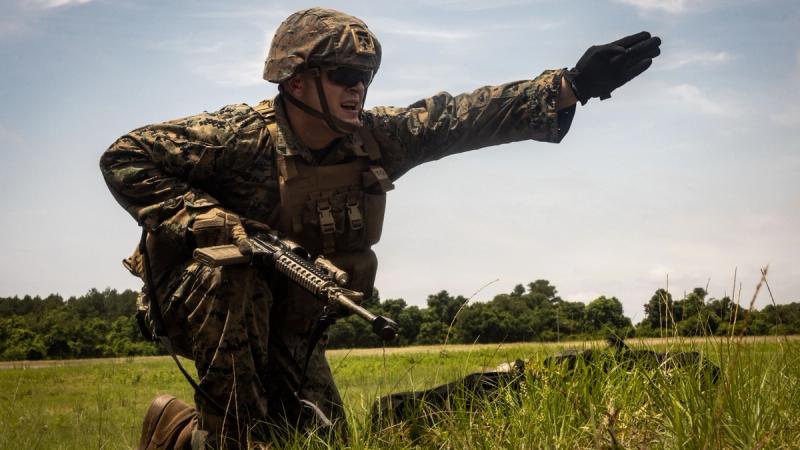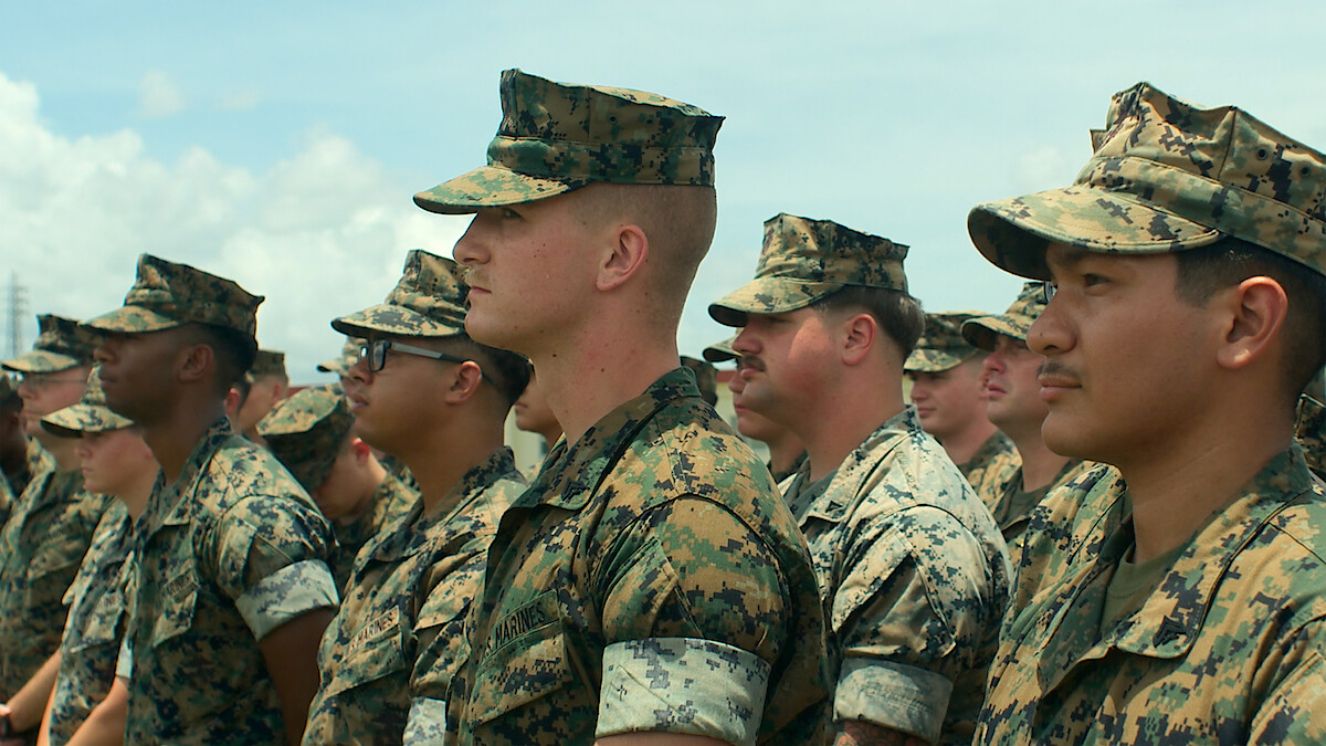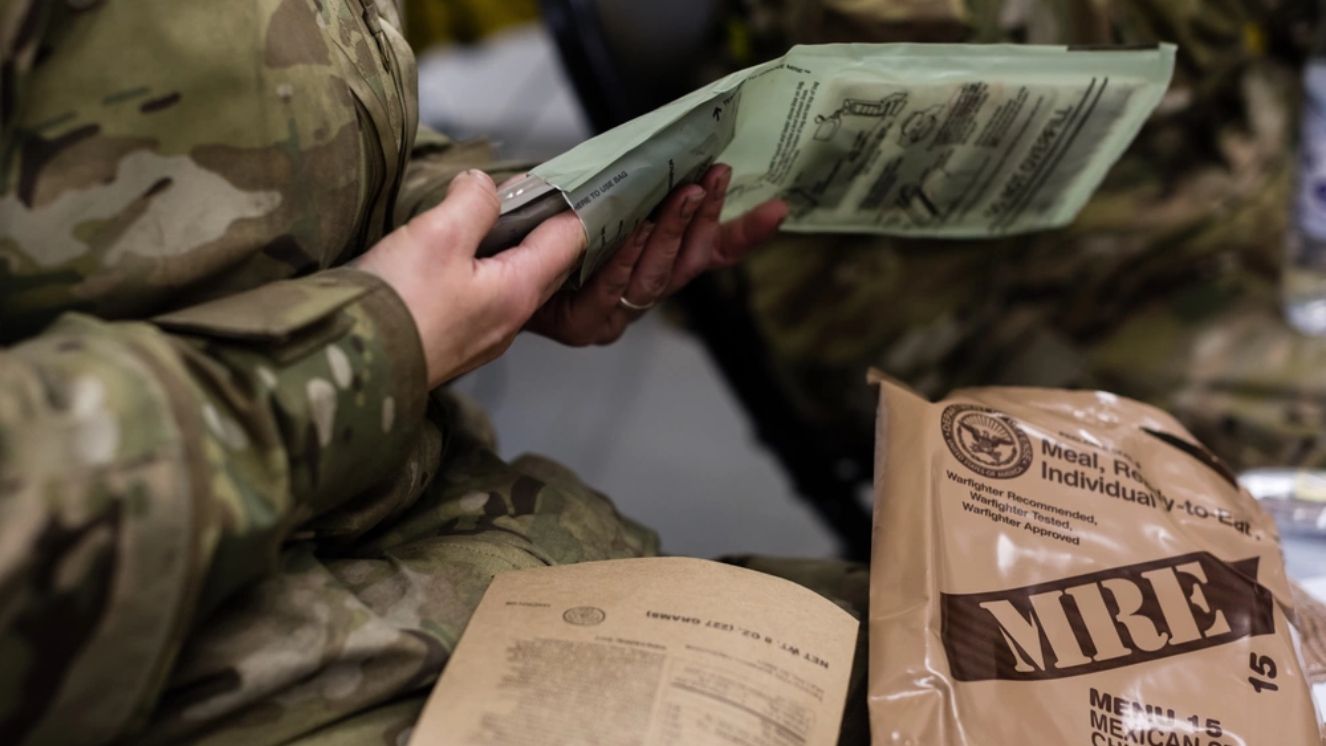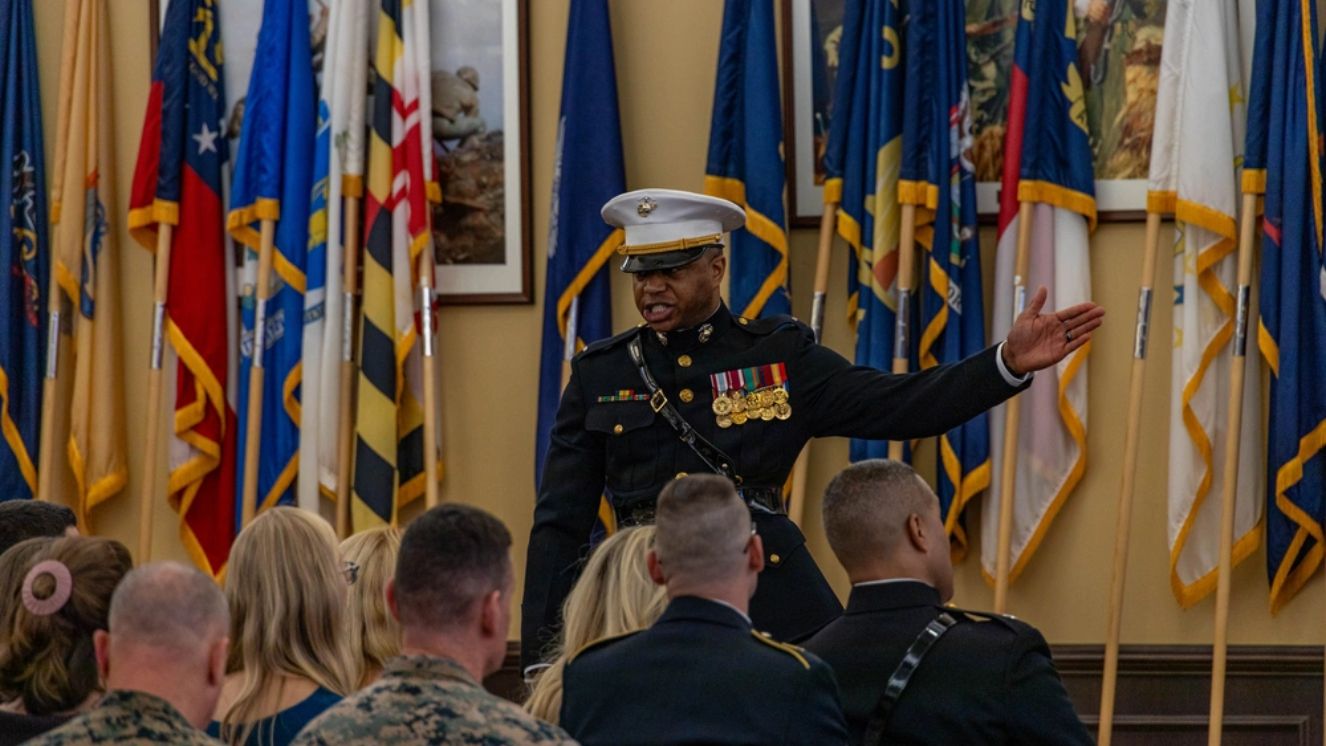THE SECRET CODE: HOW MILITARY HAND SIGNALS GUIDE SOLDIERS

In civilian life, hand signals are used every day. Hand signals and gestures are our way of showing or emphasizing something without speaking. Take, for example, when pointing at an object to show it to the person you’re talking to, waving someone over, or motioning for someone to stop.
In the military, they are also doing exactly what civilians do. You see, in war or action movies, you’ve probably noticed soldiers moving their hands in ways that somehow looked choreographed. One waves forward, or someone crouches, and suddenly, everyone knows exactly what to do.
The main difference between military personnel and civilians is that those hand gestures aren’t only for a simple conversation, but they can also guide the entire squad in action.
If you want to see how creative and efficient the military is, keep reading and learn how these military hand signals work.
Hand Signals in the Infantry Training
Let’s start with where it all began. If you go way back (and by that, really way back), there were no radios, phones, or satellite systems. The idea of using gestures to communicate, as mentioned, goes way back thousands of years.
Hand movements were used to send commands across large groups of troops. At the time, the soldiers only had to rely on signals they could see. Hence, what we now know as military hand signals.
Fun fact: During the American Civil War, soldiers developed flags as visual signals to move units without speaking, specifically “wig-wag signaling.”
Imagine this scenario where soldiers are in the middle of gunfire. Loud shots are echoing, and there’s just chaos everywhere. Would shouting to communicate work? Think about it. It would be useless, because it could get you noticed by the wrong people. So shouting for communication wouldn't be an option.
So by the time of World War II, hand and arm signals had become a regular part of infantry training (preparation of soldiers for ground combat). They became part of the routine — from basic drills to top-secret missions — because gestures worked no matter how loud the battlefield was.

The Basic Military Hand Signals
Hand signals might seem complicated for some, of course, if you don’t have an idea about what they mean. But actually, some are really straightforward.
That's because they need to be quick and clear, so anyone can understand them under pressure. You obviously don’t have the time to understand complicated hand signals in the middle of battle, right?
We're laying out some of the most common ones used by soldiers:
- Raising a flat hand with your palm facing forward is the universal way to say “stop” or “halt.”
- Extending your arm forward and making a sweeping motion is a way to say “come” or “let’s go.”
- Lowering a hand toward the ground means “to get down and take cover immediately.”
- Moving your hand in a small circle above your head tells everyone “to regroup or move to the rally point.”
- Making your hand in a circle over your eyes means “there’s a sniper in sight.”
These military hand gestures are very simple but convey a lot in very little time, making them easy to understand. Soldiers spend hours memorizing and practicing these signals so they become second nature.
Why Do Hand Signals Matter?
The million-dollar question: why do hand signals matter today? We get it. We have radios and other high-tech tools now, but even the most advanced equipment can fail when you need it the most.
Military hand signals remain a reliable backup because they are fast, clear, and can’t be overheard by anyone nearby. They allow teams to stay coordinated in situations where speaking could draw attention or put them at risk. Besides, it’s already a part of a soldier’s nature.
Another important reason is that whenever there are joint missions involving soldiers from different countries, spoken language can be a barrier. And teamwork is very important, especially at times like that. So military hand signals are really helpful because you don’t need a translation.
Getting Lost in Translation
Hand signals work well, but they don’t always go perfectly. Everything has a downside! Misunderstandings can happen, and sometimes they can give you a good laugh afterward.
For example, a rookie soldier mixing up the “halt” signal with “move forward.” And then the commander sees the whole squad walking straight into the open when they were supposed to stay put. It’s not exactly what the commander had in mind. Sometimes, meaning can get everyone lost in translation.
In the civilian world, it’s the same. Gestures can mean different things depending on where you are. A thumbs-up, for example, might be friendly in some places but rude in others. So sometimes there’s a mix-up, so you have to be careful. Training and context matter when learning military hand signals.
Overall, military hand signals represent trust, teamwork, and survival. When military technology fails, these signals serve as a backup. Simple, yet easily understandable.
Next time you watch a war or action movie, you’ll easily spot these hand gestures, and you’ll know it’s not random. Actions indeed speak louder than words.
Read next:
- 8 Bizarre, Unsolved Military Mysteries That Still Give Historians Goosebumps
- March, Munch, Repeat: How Military Food Evolved Through the Ages
- The USS Constitution Marks 228 Years of History
Sources:
BY ALLISON KIRSCHBAUM
Veteran, Military History & Culture Writer
Allison Kirschbaum is a Navy Veteran and an experienced historian. She has seven years of experience creating compelling digital content across diverse industries, including Military, Defense, History, SaaS, MarTech, FinTech, financial services, insurance, and manufacturing. She brings this expertis...



